While we’re on the topic of Statistics books for the general public, David Spieglhalter’s The Art of Statistics: How to Learn from Data is also on my reading list.
In The Art of Statistics, world-renowned statistician David Spiegelhalter shows readers how to derive knowledge from raw data by focusing on the concepts and connections behind the math. Drawing on real world examples to introduce complex issues, he shows us how statistics can help us determine the luckiest passenger on the Titanic, whether a notorious serial killer could have been caught earlier, and if screening for ovarian cancer is beneficial. The Art of Statistics not only shows us how mathematicians have used statistical science to solve these problems — it teaches us how we too can think like statisticians. We learn how to clarify our questions, assumptions, and expectations when approaching a problem, and — perhaps even more importantly — we learn how to responsibly interpret the answers we receive.
I was waiting for the book to come to North America, and apparently it did in 2019. I’m so behind in my reading, but I declare 2021 as the year I take my attention span back.



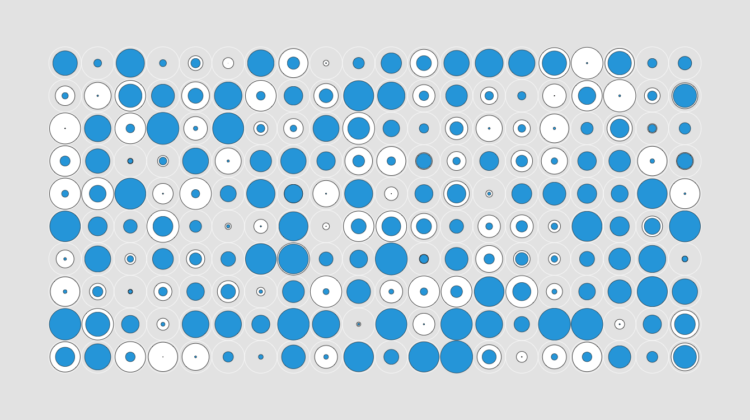
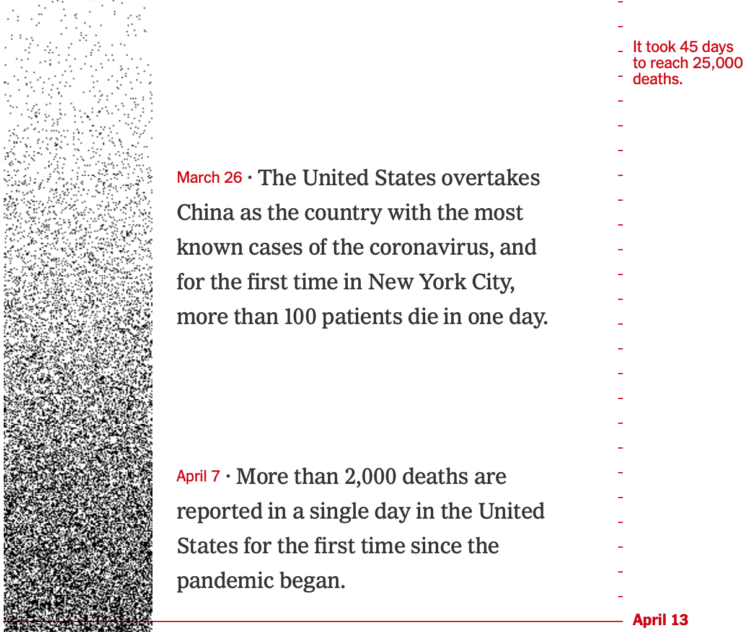
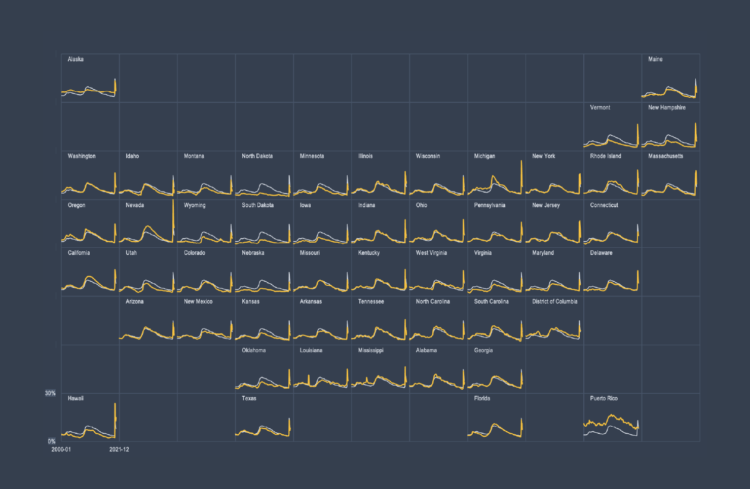
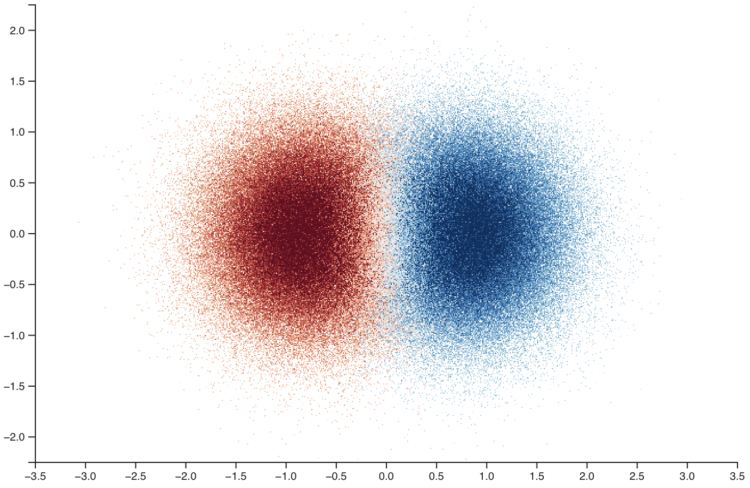


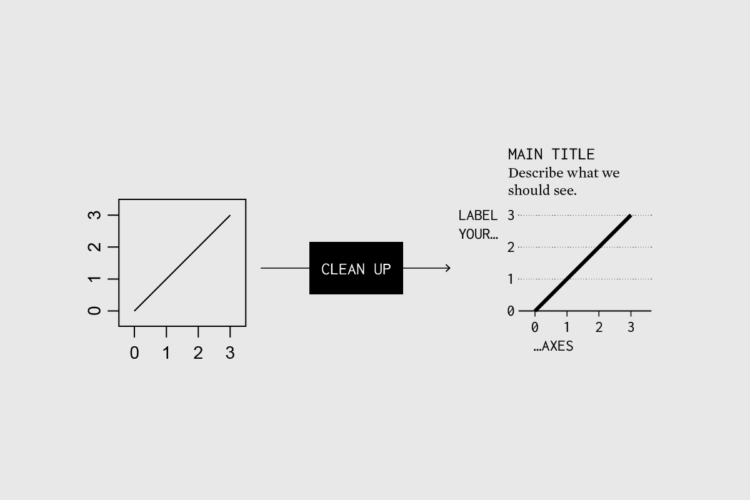

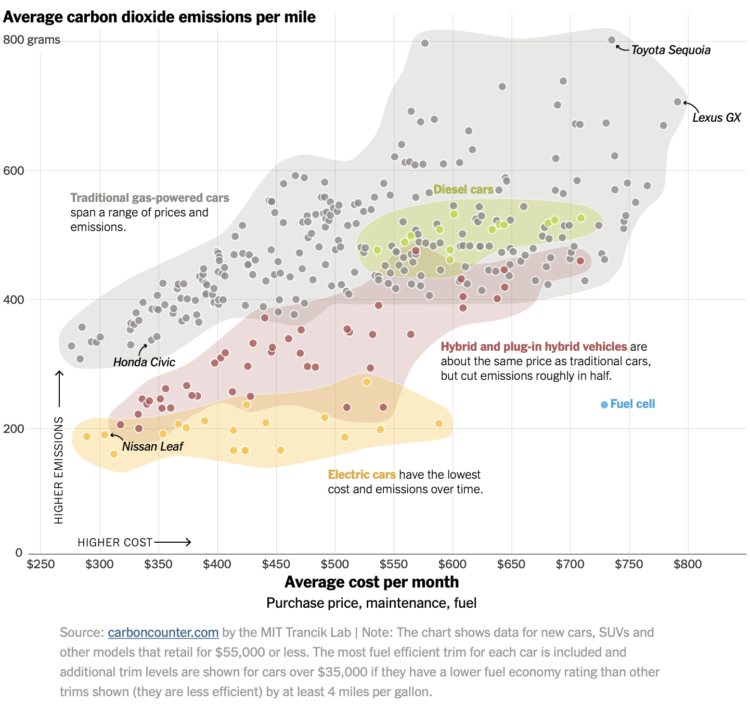


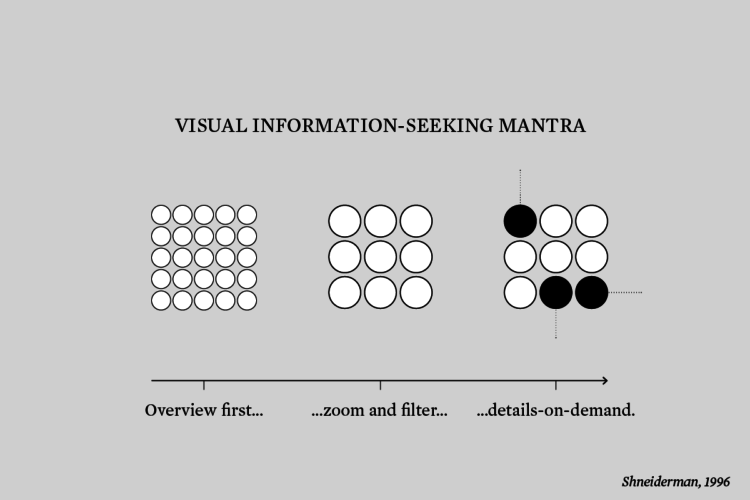










 Visualize This: The FlowingData Guide to Design, Visualization, and Statistics
Visualize This: The FlowingData Guide to Design, Visualization, and Statistics
